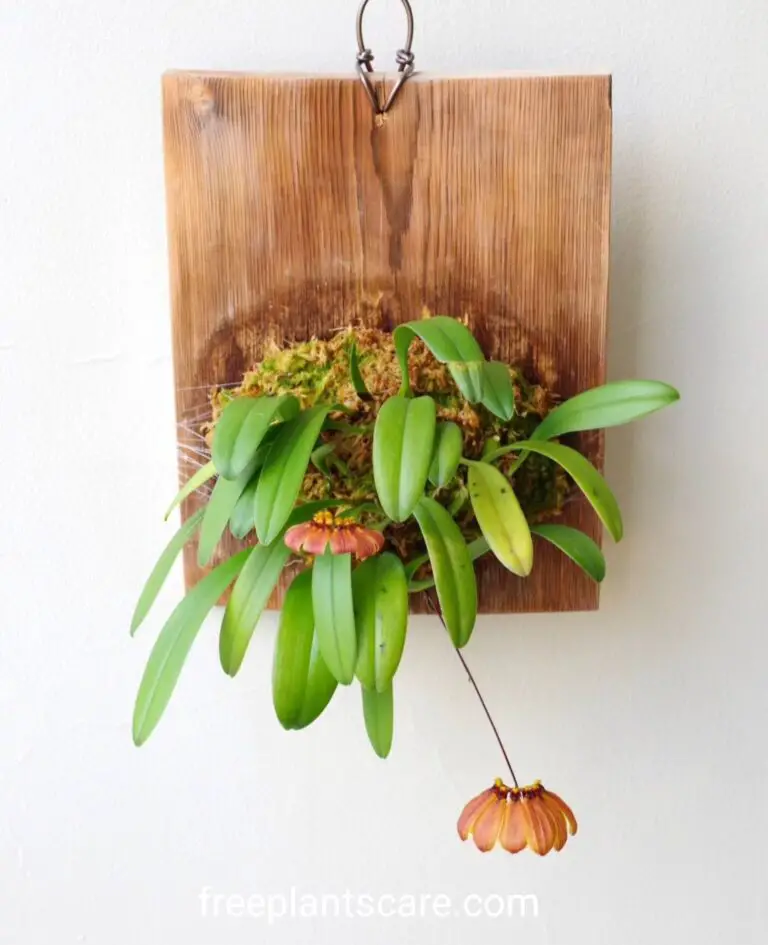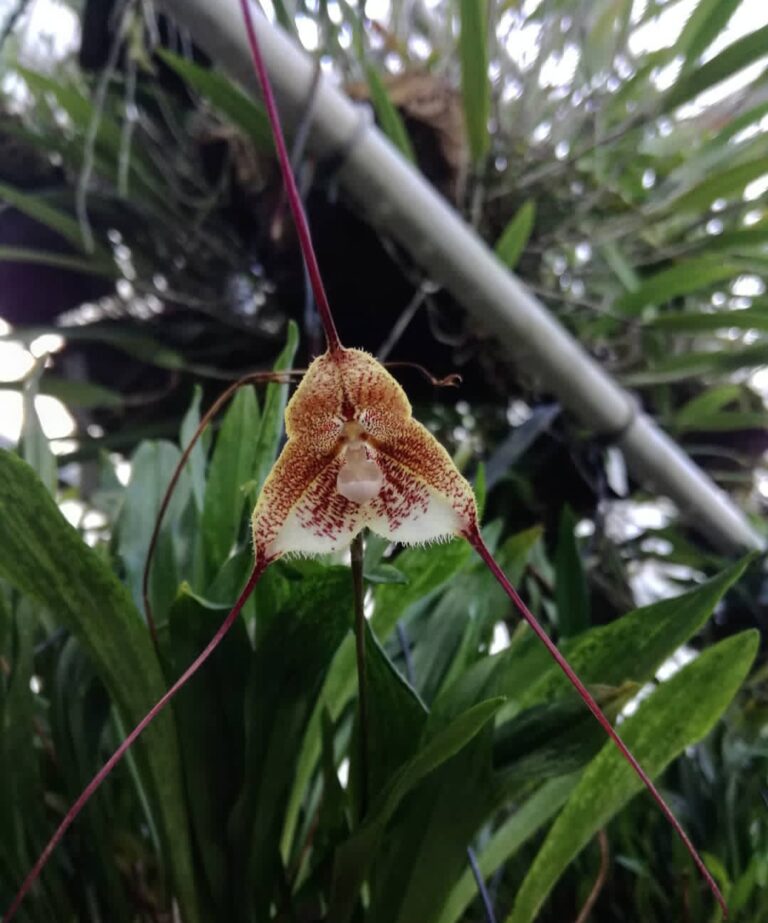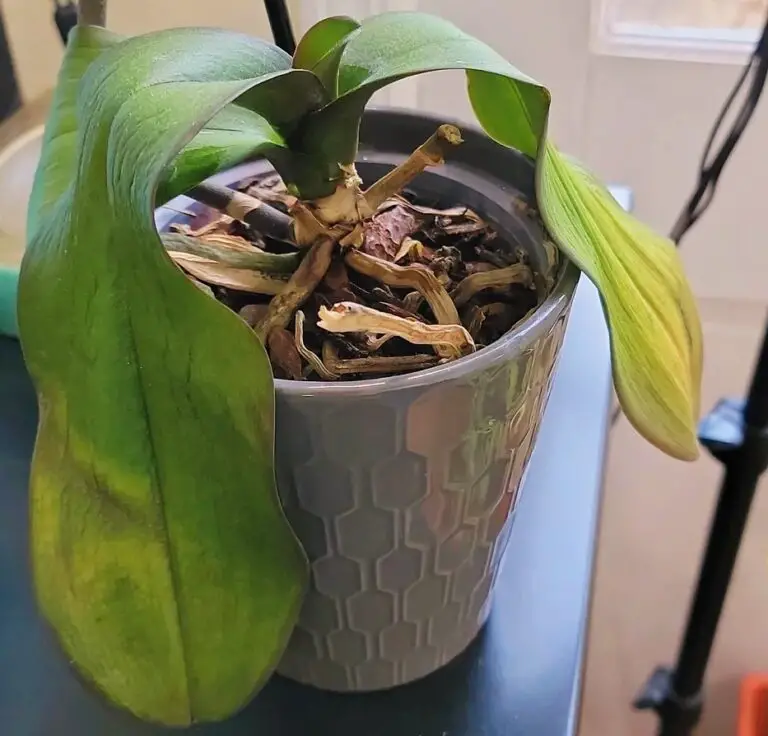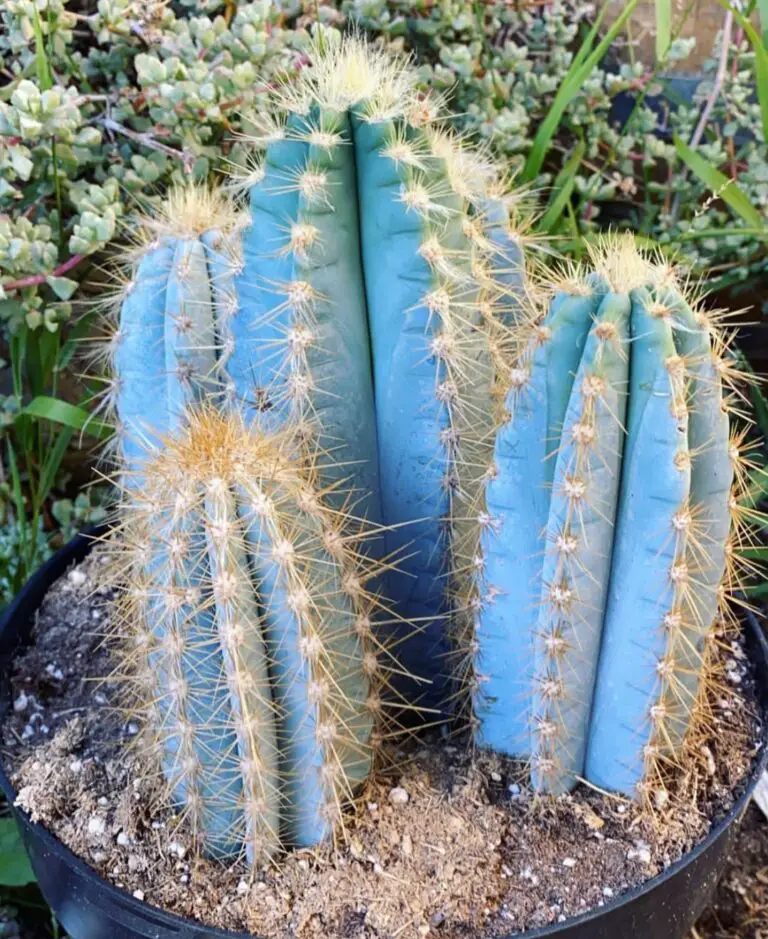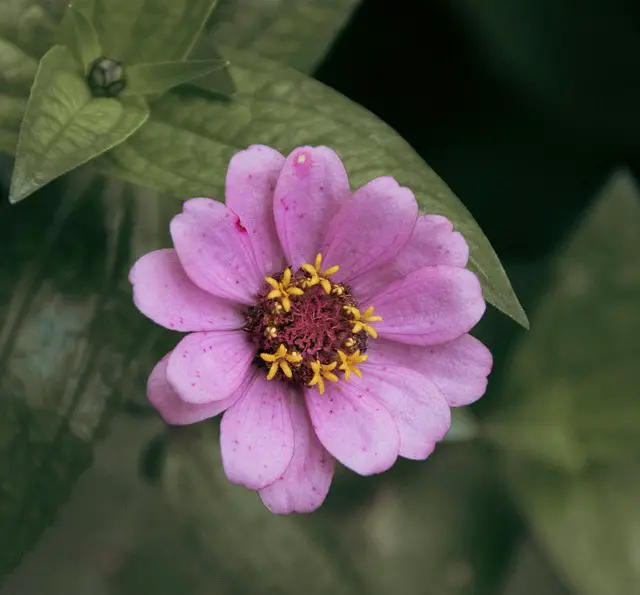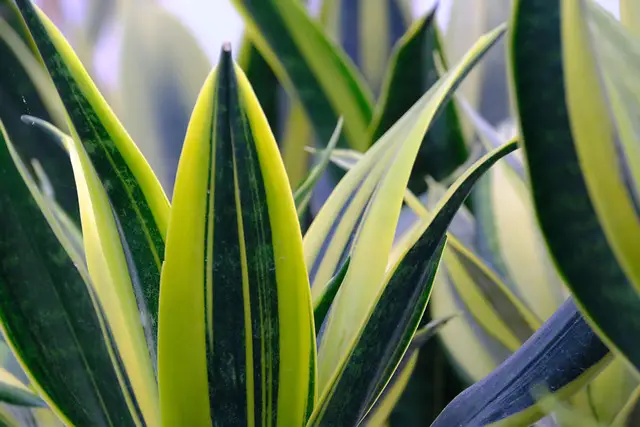Cattleya orchid also known as corsage orchids, are among the most popular and highly prized orchid species. They are native to tropical regions of Central and South America and are renowned for their stunning and fragrant blooms. Cattleya orchids have been extensively hybridized, resulting in a wide array of colors, shapes, and sizes.
One of the defining characteristics of Cattleya orchids is their large and showy flowers. The blooms are usually round and symmetrical, with varying sizes ranging from 2 to 8 inches (5 to 20 cm) in diameter. They often have broad, waxy petals and sepals, with a contrasting lip or labellum that may exhibit intricate patterns and vibrant colors. Cattleya orchids come in an extensive range of hues, including shades of white, pink, purple, yellow, and red, with numerous combinations and gradients in between.
Beyond their visual appeal, Cattleya orchids are prized for their delightful fragrance. Many varieties emit a pleasant and intoxicating scent, often described as citrusy, spicy, or floral. The fragrance adds an additional sensory dimension to these already captivating flowers, making them a favorite choice for corsages and floral arrangements.
In terms of growth habit, Cattleya orchids are epiphytic, meaning they naturally grow on trees or rocks in their native habitats. They possess thick pseudobulbs, which serve as water and nutrient storage organs. Each pseudobulb typically produces one or two long, leathery leaves. Cattleya orchids are known for their ability to produce new growths, or leads, from the base of the pseudobulbs, which eventually develop into flowering stems or spikes.
Caring for Cattleya orchids requires providing them with the right conditions. They thrive in bright, indirect light, with some varieties tolerating more sunlight than others. They appreciate warm temperatures during the day and a slight drop in temperature at night to mimic their natural environment. High humidity levels and good air circulation are important for their overall health and blooming. Proper watering, fertilizing, and repotting practices also contribute to their successful growth.
Cattleya orchids are highly sought after by orchid enthusiasts and collectors due to their exquisite beauty and diversity. Their vibrant and fragrant blooms, combined with their intriguing growth habits, make them a captivating addition to any orchid collection or floral display. Whether you’re an experienced orchid grower or a beginner, cultivating and appreciating Cattleya orchids can be a rewarding and enjoyable experience.

Light:
Cattleya orchids thrive in bright, indirect light. They require around 4 to 6 hours of sunlight each day, but avoid direct sunlight as it can scorch their leaves. East- or west-facing windows are ideal, or you can provide artificial fluorescent lighting if natural light is insufficient.
Temperature and Humidity:
Cattleyas prefer a temperature range of 60–85°F (15–29°C) during the day and a slight drop to 55–65°F (13–18°C) at night. They appreciate a significant temperature difference between day and night. These orchids also enjoy high humidity levels, around 50–70%. You can increase humidity by using a humidifier, placing the orchids on trays with water and pebbles, or misting them regularly.
Watering:
Cattleyas like to dry out slightly between waterings. Water them thoroughly when the potting mix feels dry to the touch, but make sure the water drains completely to avoid waterlogged roots. During active growth, increase watering frequency and reduce it slightly during the orchid’s dormant period.
Potting Mix:
Cattleyas prefer a well-draining potting mix. A common mixture consists of coarse bark, perlite, and sphagnum moss. You can also use specialised orchid potting mixes available at garden centres. Repotting should be done every 1-2 years or when the potting medium starts to break down.
Fertiliser:
Cattleyas are heavy feeders. Use a balanced orchid fertiliser (e.g., 20-20-20) or a specialised orchid fertiliser with a higher nitrogen content during active growth. Dilute the fertiliser to half or quarter strength and apply it every two to three weeks. During the dormant season, reduce or stop fertilising.
Companion Plants:
Cattleyas can benefit from being potted with companion plants such as ferns or bromeliads. These plants provide additional humidity and create a more natural environment for the orchids.
Pseudobulb Health:
Pseudobulbs store nutrients and water for Cattleyas. Ensure that the pseudobulbs are plump and healthy. Shrinking or wrinkled pseudobulbs indicate a lack of hydration or nutrients.
Flower Spikes:
Cattleyas produce beautiful flower spikes. To encourage blooming, provide a slight drop in temperature (about 10°F or 5°C) during the night for a few weeks. This temperature difference mimics their natural environment and stimulates flower production.
Air Circulation:
Good air circulation is essential for preventing diseases and promoting healthy growth. Ensure that your Cattleya orchids are not placed in stagnant air or overcrowded areas.
Flowering and Pruning:
Cattleyas typically flower once a year, with blooms lasting several weeks to a couple of months. After the blooms fade, you can remove the spent flowers and cut the flower spike close to the base. New flower spikes often emerge from the same pseudobulb or the one adjacent to it.
Pests and Diseases:
Keep an eye out for common orchid pests like aphids, mealybugs, and scale insects. If you notice any infestations, use appropriate insecticides or horticultural oils to control them. Also, be cautious of fungal or bacterial diseases, which can be avoided by maintaining good air circulation and not overwatering.
FAQ
How often should I water my Cattleya orchid?
Cattleya orchids prefer to dry out slightly between waterings. It is important to water them thoroughly when the potting mix feels dry to the touch. However, make sure the water drains completely to avoid waterlogged roots. During active growth, you may need to water them more frequently, while reducing the frequency slightly during their dormant period.
What type of potting mix should I use for my Cattleya orchid?
Cattleyas require a well-draining potting mix. A common mixture consists of coarse bark, perlite, and sphagnum moss. You can also find specialised orchid potting mixes at garden centres. Repotting should be done every 1-2 years or when the potting medium starts to break down
How much light do Cattleya orchids need?
Cattleya orchids thrive in bright, indirect light. They require around 4 to 6 hours of sunlight each day, but direct sunlight should be avoided as it can scorch their leaves. East- or west-facing windows are ideal for providing sufficient light. If natural light is insufficient, you can supplement it with artificial fluorescent lighting.
When and how should I fertilise my Cattleya orchid?
Cattleya orchids are considered heavy feeders. During their active growth phase, use a balanced orchid fertiliser (such as 20-20-20) or a specialised orchid fertiliser with a higher nitrogen content. Dilute the fertiliser to half or quarter strength and apply it every two to three weeks. However, during the dormant season, it is advisable to reduce or stop fertilising altogether.

